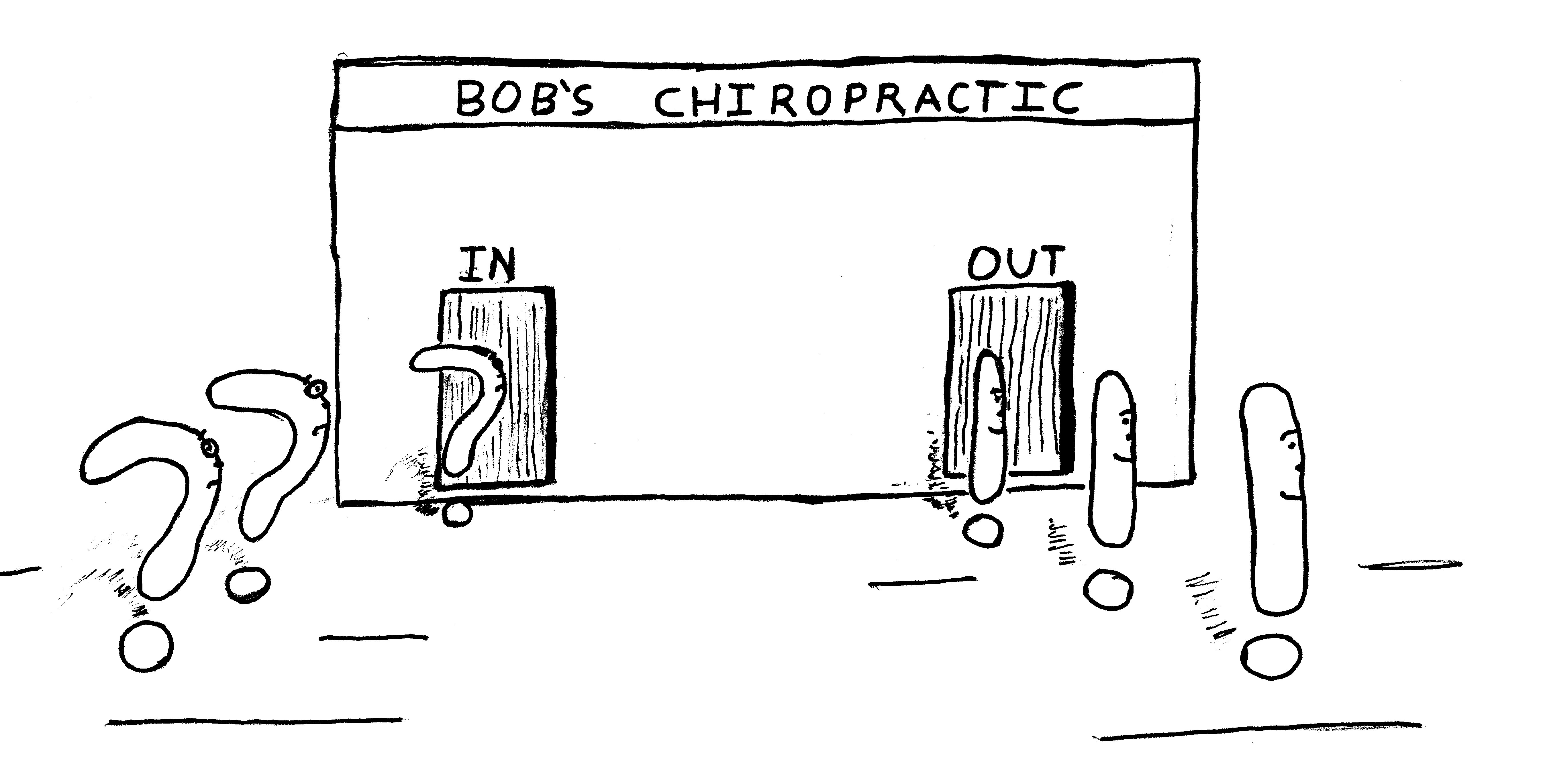While the Catholic blogosphere explodes with news of the Synod, I have tried not to think much about it. “It gets darker and darker,” a friend wrote on Facebook, “worse than the worst of the Dark Ages or the Renaissance.”
To keep my mind off the present, I read about the past. I have finally found a biography of St. Jerome that I like: Saint Jerome and His Times, by Jean Steinmann. The major critical biography by J.N.D. Kelly and the shorter but more recent work by Stefan Rebenich both suffer from the same problem: the authors despise St. Jerome. It’s like reading Ann Coulter’s biography of Hillary Clinton.
But Steinmann reveres the great doctor. He also does a marvelous job of setting the scene around Jerome, with all its drama and brilliant characters. Yesterday I chanced upon this manly bit about Jerome’s one-time employer, Pope Damasus:
The death of Pope Liberius in 366 saw the Christian community in Rome divided. The die-hards, who were in the minority, met in the basilica of St. Mary Trastevere, where seven priests and three deacons elected the deacon Ursinus Pope and consecrated him. Meantime, the majority of the clergy and the faithful were meeting in the basilica of St. Lawrence of Lucina, where they elected the deacon Damasus Bishop of Rome. When they heard of Ursinus’s election, the supporters of Damasus attacked the occupants of St. Mary’s. For three days Rome was torn by riots in which people were killed. Damasus won the day. He was consecrated, and the Prefect of Rome took his side, possibly as a result of Evagrios’s representations to the Emporer, and exiled Ursinus. When Ursinus’s supporters went on meeting and holding services in the Trastevere basilica, the Prefect had his priests arrested. Their congregation set them free. The followers of Damasus made up their minds to settle the question once and for all, and stormed the basilica of St. Mary again, and this time more than a hundred people were killed in the rioting.
A year later, Ursinus came back to Rome, and the trouble started all over again. The faithful of the two conflicting churches were involved in constant and sometimes bloody clashes, and the pagan Pretextatus, the new Prefect of Rome, disdainfully commented that this was a curious way of showing charity. The feud put the Church to shame.
Oh, for the good old days, when prelates killed each other with actual knives and clubs! In my imagination I see our wimpy modern cardinals at the Synod’s opening Mass, exchanging the sign of peace with fingers crossed behind their backs. Their backstabbing is so metaphorical! Silly redhats, proud of their “cutting” remarks. How have we fallen so far?
You can learn a lot about a man by locating his “downhill point”: where does he think the slide began? Everything in the Church started going downhill—at what point? Do you put it at Francis? Vatican II? Trent? One historian I know says everything has gone downhill since the Council of Florence in 1439.
Maybe the “downhill point” was the election of Pope Damasus in 366. Or maybe the Robber Council of Ephesus in 449, where bishops voted on doctrine with spears in their backs. Somehow, we’ve just never recovered that spirit.


